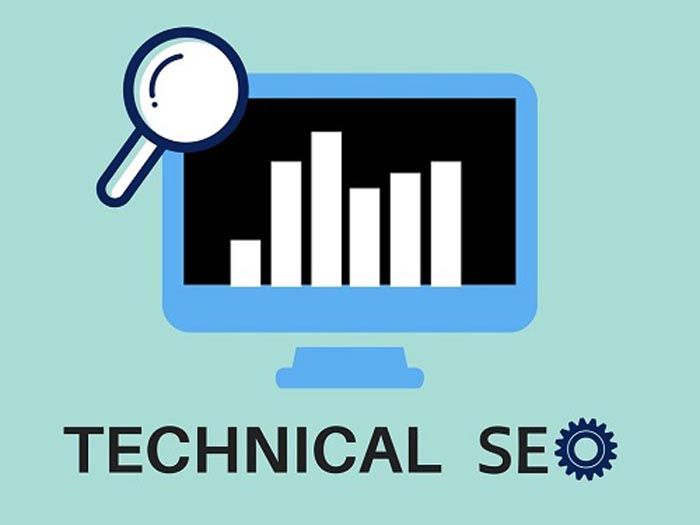Technical SEO: Elevating Your Website's Performance
Introduction:
Welcome to our comprehensive guide on Technical SEO! In this section, we’ll delve into the critical strategies and techniques that can help optimize your website’s technical aspects to improve its visibility and performance in search engine results pages (SERPs).


Understanding Technical SEO:
Technical SEO goes beyond the content and focuses on the structural and technical aspects of your website. It involves optimizing elements such as website speed, mobile-friendliness, site structure, and schema markup to ensure that search engines can crawl, index, and understand your content effectively. Essentially, technical SEO aims to provide search engines with the best possible user experience, which ultimately leads to higher rankings and increased organic traffic.
Key Aspects of Technical SEO:
Website Speed Optimization:
Website speed is a crucial ranking factor and directly impacts user experience. Slow-loading websites not only frustrate visitors but also get penalized by search engines. In this section, we’ll explore various techniques to improve your website’s loading speed, including optimizing images, minifying CSS and JavaScript files, and leveraging browser caching. By implementing these strategies, you can provide a faster and smoother browsing experience for your users while also satisfying search engine algorithms.

Mobile-Friendliness:
With the majority of internet users now accessing websites on mobile devices, having a mobile-friendly website is no longer optional—it’s essential. We’ll discuss the importance of responsive web design and provide practical tips on optimizing your site’s layout and content for different screen sizes and devices. By ensuring that your website is mobile-friendly, you can improve user engagement, reduce bounce rates, and boost your search engine rankings.

Site Structure and Navigation:
A well-organized site structure and intuitive navigation are crucial for both users and search engines. In this section, we’ll cover best practices for structuring your website’s navigation and organizing your content effectively. From creating logical URL structures to implementing breadcrumb navigation and optimizing internal linking, we’ll show you how to make it easier for users and search engines to find and navigate your content.


Schema Markup:
Schema markup is a powerful tool that allows you to provide search engines with additional context about your content. By implementing schema.org vocabulary, you can mark up different types of content, such as articles, events, products, and reviews, to enhance search engine visibility and improve the display of rich snippets in SERPs. We’ll explain the benefits of schema markup and provide practical examples of how to implement it on your website
Indexing and Crawling Optimization:
Optimizing your website for indexing and crawling is essential for ensuring that search engines can discover and index your content efficiently. We’ll discuss strategies for optimizing your robots.txt file and XML sitemap to control how search engines crawl and index your site’s pages. Additionally, we’ll explore techniques for identifying and fixing crawl errors, duplicate content issues, and other technical issues that may hinder your site’s performance in search results.

